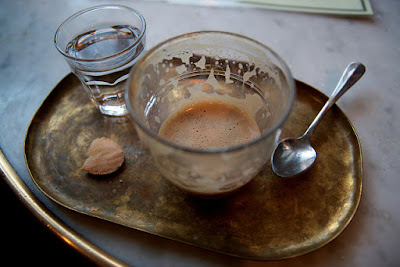Golden
| Any damage to the surface of a daguerreotype is IRREMEDIABLE |
Common particulate pollutants can cause watercolour pigments to fade, but the paint surface can be cleaned by lightly dusting with a soft brush to remove dirt.
For photographs with substantial damage, the expertise of an oil paintings conservator might be required for treatment.
Historically, crayon and pastel coloured photographs were sold in a frame under a protective layer of glass, which was often successful in reducing the amount of handling and smudging of the photograph surface.
Any conservation work on crayon or pastel colour-photographs must retain these original frames and original glass to maintain the authenticity and value of the object. If the photograph is separated from its original enclosure, it can be stored in an archival quality folder until it is framed or cased.
... but in my specific case I apply directly the gold leaf. this technique is very complex on a daguerreotypes.
in fifteen years of experience this is my MUST :)









































